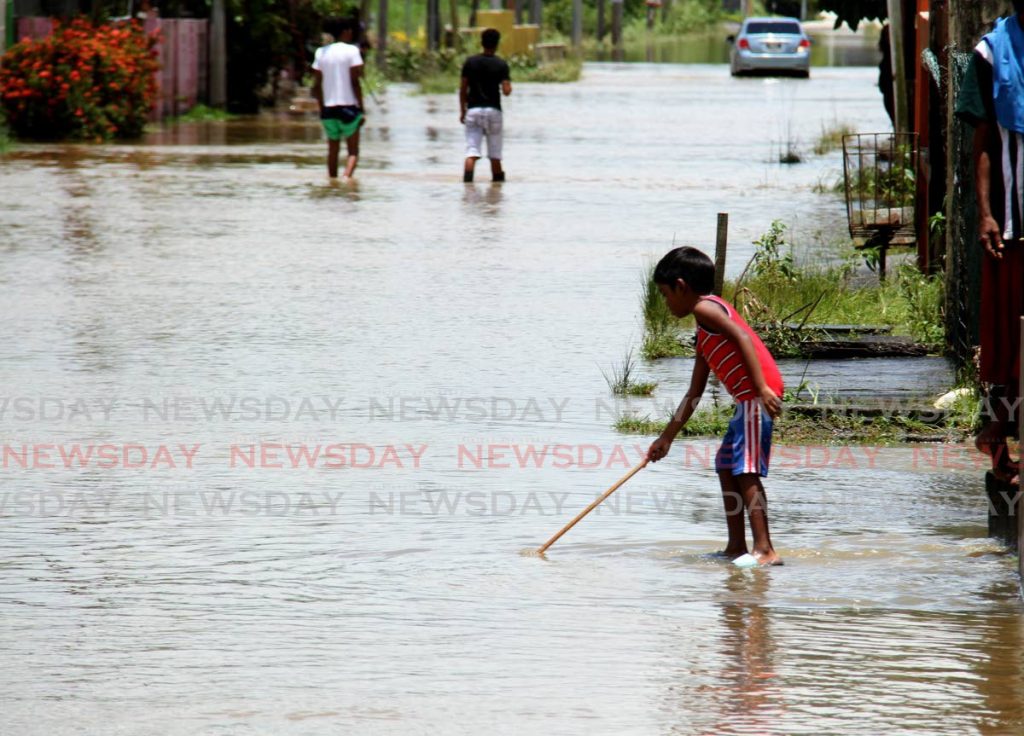Rethink flood mitigation

LAST Wednesday, Works and Transport Minister Rohan Sinanan announced a $50 million plan to clear major rivers and waterways in order to minimise flooding during the rainy season.
It's not the first time government has planned to clear watercourses throughout the country with a focus on those prone to repeat flooding incidents.
During his spot tour of water courses along the east-west corridor, Sinanan found rivers and streams that had silted up or were clogged with vegetation and plastic waste.
Some problems are the result of wholly predictable natural occurrences; others were the result of equally predictable human failings.
Addressing both challenges should not wait until the eve of the rainy season.
In 2022, it should be possible for a detail of observers, supported by drone imaging technology to monitor the nation's river ways and drainage systems with a mandate to record and report on issues as they arise.
Replacing emergency maintenance with continuous review is likely to prove less costly while discouraging the kind of misbehaviour that leads to wholesale dumping of rubbish in or near rivers and construction that's too close to river banks.
The challenge to the country's watercourses is twofold.
Drainage systems should be continuously managed to ensure that valuable topsoil isn't stripped away and washed out to sea.
River ecosystems must be monitored for pollutants that will affect riverine ecology and our important swampland regions.
Government is responsible for one of the major sources of contaminated groundwater through its continued inability to remediate and modernise the major landfill sites, which continuously leach dangerous chemicals into the water table with each rainfall.
The state's continued flirtation with recycling waste material ensures poor capture of waste plastics and other non-biodegradables while little attention is paid to the poisonous consequences of indiscriminate disposal of e-waste and batteries.
Simple community-level measures, like a clear endorsement of the appropriate selection of interlocking pavers, which allow water to reach the water-table, instead of the routine use of asphalt or poured cement, must be considered.
Rain barrels to capture rainwater for is use in agriculture, collecting used automotive and cooking oil, and creation of community-based rain gardens to capture and absorb rain water before it runs off, using grasses like vetiver, aren't on any government agenda.
The response to the recurring blockage of watercourses isn't just a job for backhoes. It must be tackled consistently in both big and small ways throughout the year.
That approach would send a message that the Works Ministry is demonstrating ownership of these critical arteries of water supply and is present to apply existing laws to enforce their effective management.


Comments
"Rethink flood mitigation"